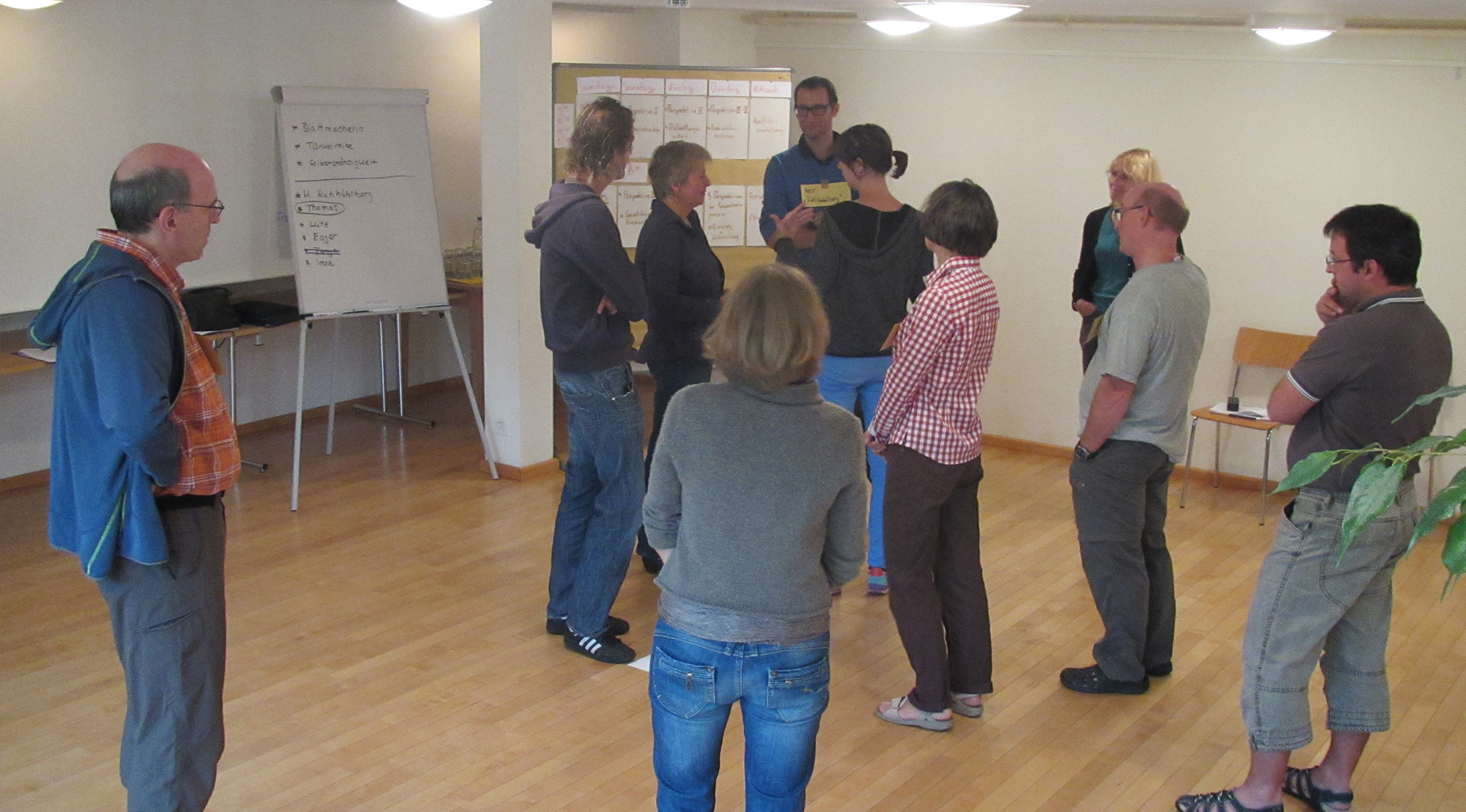Muzafer Sherif developed a famous experiment in the 1950s. This involves splitting youngsters into two groups to create a kind of intragroup arrangement. Each group is given a name and a flag and develops hierarchies and norms. In the next phase of intergroup competition, they play competitive games, are explicitly compared with each other, and exposed to conflicts of interest. Animosities develop during this period. During the third phases, the children take part in communal activities like eating together. The experiment reveals that this contact alone does not help reduce prejudices. This can only be done through active collaboration in the pursuit of common (broadly achievable) goals.
At the start of the 1980s, Deschamps and Brown developed this theory further. They found that animosities between groups with a common goal only abate if the groups assume different roles in the pursuit of the goal. If roles are similar, characteristics tend to be ignored and animosities tend to worsen. Also, Worchel (1986) maintains that it is really important for collaboration to deliver success in order to dispel negative attitudes. Failure risks further deterioration in relationships.
In terms of mediation within group conflicts, the following recommendations emerge:
• Clients of mediators should get involved in joint activities rather than negotiations alone. Purely contact-based approaches are not enough to dispel prejudices.
• Parties should not limit themselves to negotiating solutions, but should actively implement these too in accordance with their individual identities, roles, and networks.
• The goals set should be highly achievable. Failure not only perpetuates conflict but also exacerbates it.
Trials are required to determine whether these experiments are equally valid across different cultures. Based on our experience, they have proven themselves in northern Africa.


